Evolución tórpida de enfermedad de Fabry en tratamiento con agalsidasa alfa: Presentación de un caso
Resumen
Fabry disease is characterized by the absence of activity of the lysosomal enzyme α-galactosidase A, which causes glycolipids, which should be broken down, to accumulate in the lysosomes of the cells of various tissues in the body, causing the signs and characteristic symptoms of this pathology. The severity of the disease depends on the level of mutation of the α-galactosidase A gene, which goes hand in hand with the age at presentation of symptoms, if we have a large mutation, we will have an earlier onset of it. For women, it is more frequent that the course of this condition is asymptomatic, most of them function as transmitters of Fabry disease, on the contrary, it has a predilection towards men. The most frequent clinical manifestations are angiokeratomas, acroparesthesias, anhidrosis, whorled cornea and in cases of death, they are related to kidney failure due to the progressive kidney failure it causes, heart failure or cerebrovascular disease. There is no cure for this deficiency, but we can stop its progress. For this purpose, two treatments have been developed: the first is enzyme replacement with agalsidase beta and the second with agalsidase alfa, whose effectiveness we will evaluate in a patient with Fabry disease compared to studies with enzyme replacement therapy with agalsidase beta.
Descargas
Citas
Ortiz, A., Germain, D. P., Desnick, R. J., Politei, J., Mauer, M., Burlina, A., Eng, C., Hopkin, R. J., Laney, D., Linhart, A., Waldek, S., Wallace, E., Weidemann, F., & Wilcox, W. R. (2018). Fabry disease revisited: Management and treatment recommendations for adult patients. Molecular genetics and metabolism, 123(4), 416–427. https://doi.org/10.1016/j.ymgme.2018.02.014
Ortiz, J. F., Parwani, J., Millhouse, P. W., Eissa-Garcés, A., Hassen, G., Cuenca, V. D., Alzamora, I. M., Khurana, M., Herrera-Bucheli, D., Altamimi, A., Atoot, A., & Cueva, W. (2021). Prevalence of Fabry Disease in Patients With Cryptogenic Strokes: A Systematic Review. Cureus, 13(11), e19358. https://doi.org/10.7759/cureus.19358
Lee, C. L., Lin, S. P., Niu, D. M., & Lin, H. Y. (2022). Fabry Disease and the Effectiveness of Enzyme Replacement Therapy (ERT) in Left Ventricular Hypertrophy (LVH) Improvement: A Review and Meta-Analysis. International journal of medical sciences, 19(1), 126–131. https://doi.org/10.7150/ijms.66448
Germain, D. P., Levade, T., Hachulla, E., Knebelmann, B., Lacombe, D., Seguin, V. L., Nguyen, K., Noël, E., & Rabès, J. P. (2022). Challenging the traditional approach for interpreting genetic variants: Lessons from Fabry disease. Clinical genetics, 101(4), 390–402. https://doi.org/10.1111/cge.14102
Ortíz, J. F., Solís, M. B., Ali, S. S., Khurana, M., Moncayo, J. A., Kothari, N. Y., Alzamora, M., Eissa-Garces, A., Patel, G., Monteros, G. A., Sen, M., & Quiñonez, J. (2022). Pulvinar Sign, Stroke and Their Relationship with Fabry Disease: A Systematic Review and Metanalysis. Neurology international, 14(2), 497–505. https://doi.org/10.3390/neurolint14020041
Pérez-Jovel E, Cano-Nigenda V, Manrique-Otero D, et al. (2022) Enfermedad de Fabry y Enfermedad Vascular Cerebral. Arch Neurocien; 27(1), 29-38. https://doi.org/10.31157/an.v27i1
Curiati, Marco A. et al. (2017), The Challenge of Diagnosis and Indication for Treatment in Fabry Disease. J. inborn errors metab Screen, 5(1) 1-7. https://doi.org/10.1177/2326409816685735
Hsu, T. R., & Niu, D. M. (2018). Fabry disease: Review and experience during newborn screening. Trends in cardiovascular medicine, 28(4), 274–281. https://doi.org/10.1016/j.tcm.2017.10.001
Germain, D. P., Altarescu, G., Barriales-Villa, R., Mignani, R., Pawlaczyk, K., Pieruzzi, F., Terryn, W., Vujkovac, B., & Ortiz, A. (2022). An expert consensus on practical clinical recommendations and guidance for patients with classic Fabry disease. Molecular genetics and metabolism, 137(1-2), 49–61. https://doi.org/10.1016/j.ymgme.2022.07.010
Ezgu, F., Alpsoy, E., Bicik Bahcebasi, Z., Kasapcopur, O., Palamar, M., Onay, H., Ozdemir, B. H., Topcuoglu, M. A., & Tufekcioglu, O. (2022). Expert opinion on the recognition, diagnosis and management of children and adults with Fabry disease: a multidisciplinary Turkey perspective. Orphanet journal of rare diseases, 17(1), 90. https://doi.org/10.1186/s13023-022-02215-x
Felis, A., Whitlow, M., Kraus, A., Warnock, D. G., & Wallace, E. (2019). Current and Investigational Therapeutics for Fabry Disease. Kidney international reports, 5(4), 407–413. https://doi.org/10.1016/j.ekir.2019.11.013
Acharya, D., Doppalapudi, H., & Tallaj, J. A. (2015). Arrhythmias in Fabry cardiomyopathy. Cardiac electrophysiology clinics, 7(2), 283–291. https://doi.org/10.1016/j.ccep.2015.03.014
Paim-Marques, L., de Oliveira, R. J., & Appenzeller, S. (2022). Multidisciplinary Management of Fabry Disease: Current Perspectives. Journal of multidisciplinary healthcare, 15, 485–495. https://doi.org/10.2147/JMDH.S290580
Esquivel Zúñiga, R., y Ramírez Rojas, A.C. (2015). Enfermedad de Fabry y dolor neuropático. Revista Médica De Costa Rica Y Centroamérica, 72(615), 243 – 248.
Bernardes, T. P., Foresto, R. D., & Kirsztajn, G. M. (2020). Fabry disease: genetics, pathology, and treatment. Revista Da Associacao Medica Brasileira (1992), 66Suppl 1(Suppl 1), s10–s16.
Beck, M., Hughes, D., Kampmann, C., Larroque, S., Mehta, A., Pintos-Morell, G., … Fabry Outcome Survey Study Group. (2015). Long-term effectiveness of agalsidase alfa enzyme replacement in Fabry disease: A Fabry Outcome Survey analysis. Molecular Genetics and Metabolism Reports, 3, 21–27.
Sakuraba, H., Murata-Ohsawa, M., Kawashima, I., Tajima, Y., Kotani, M., Ohshima, T., … Itoh, K. (2006). Comparison of the effects of agalsidase alfa and agalsidase beta on cultured human Fabry fibroblasts and Fabry mice. Journal of Human Genetics, 51(3), 180–188.
Arends, M., Biegstraaten, M., Wanner, C., Sirrs, S., Mehta, A., Elliott, P. M., … Hollak, C. E. M. (2018). Agalsidase alfa versus agalsidase beta for the treatment of Fabry disease: an international cohort study. Journal of Medical Genetics, 55(5), 351–358.
Derechos de autor 2022 Estefania Lara Hernandez;José Emmanuel Hernández Moreno;Jair Cruz Herrera ;Víctor Manuel Pérez Parrilla

Esta obra está bajo licencia internacional Creative Commons Reconocimiento 4.0.

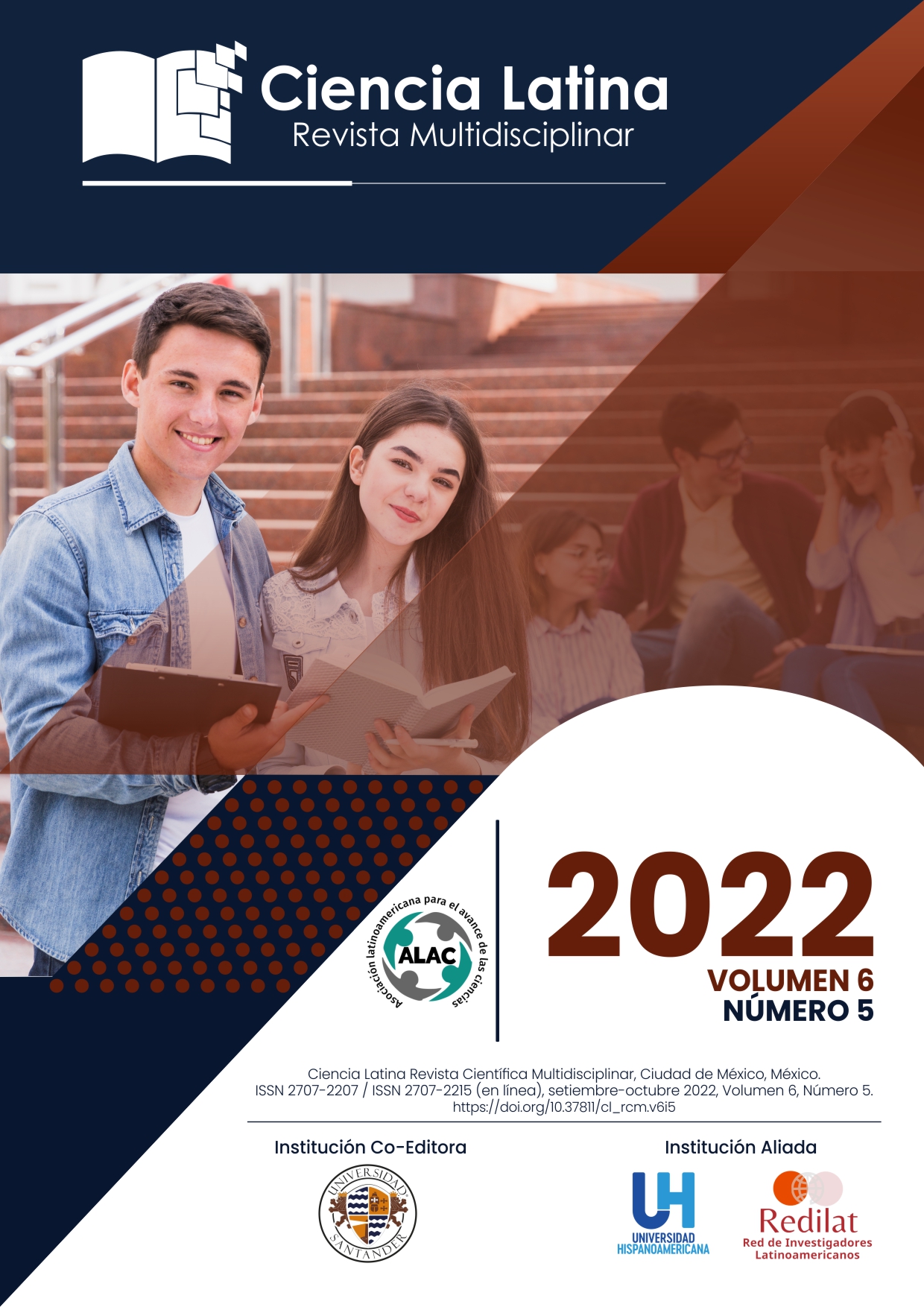








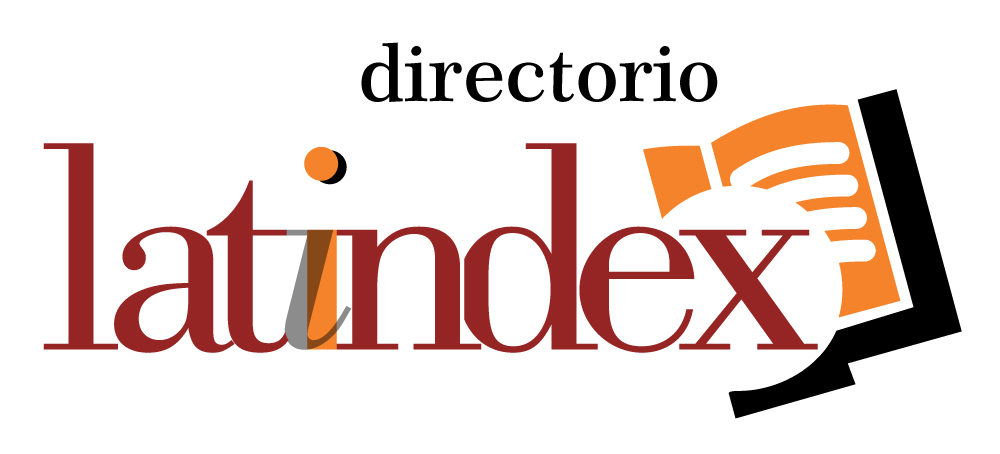
.png)








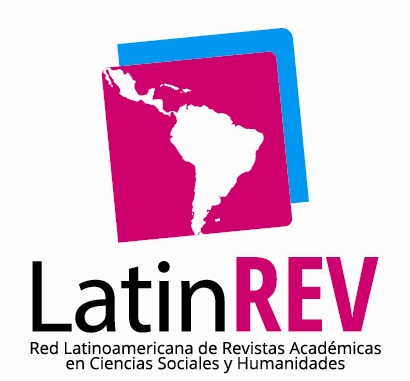

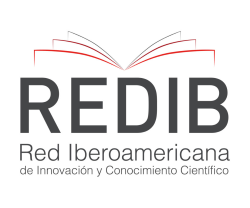


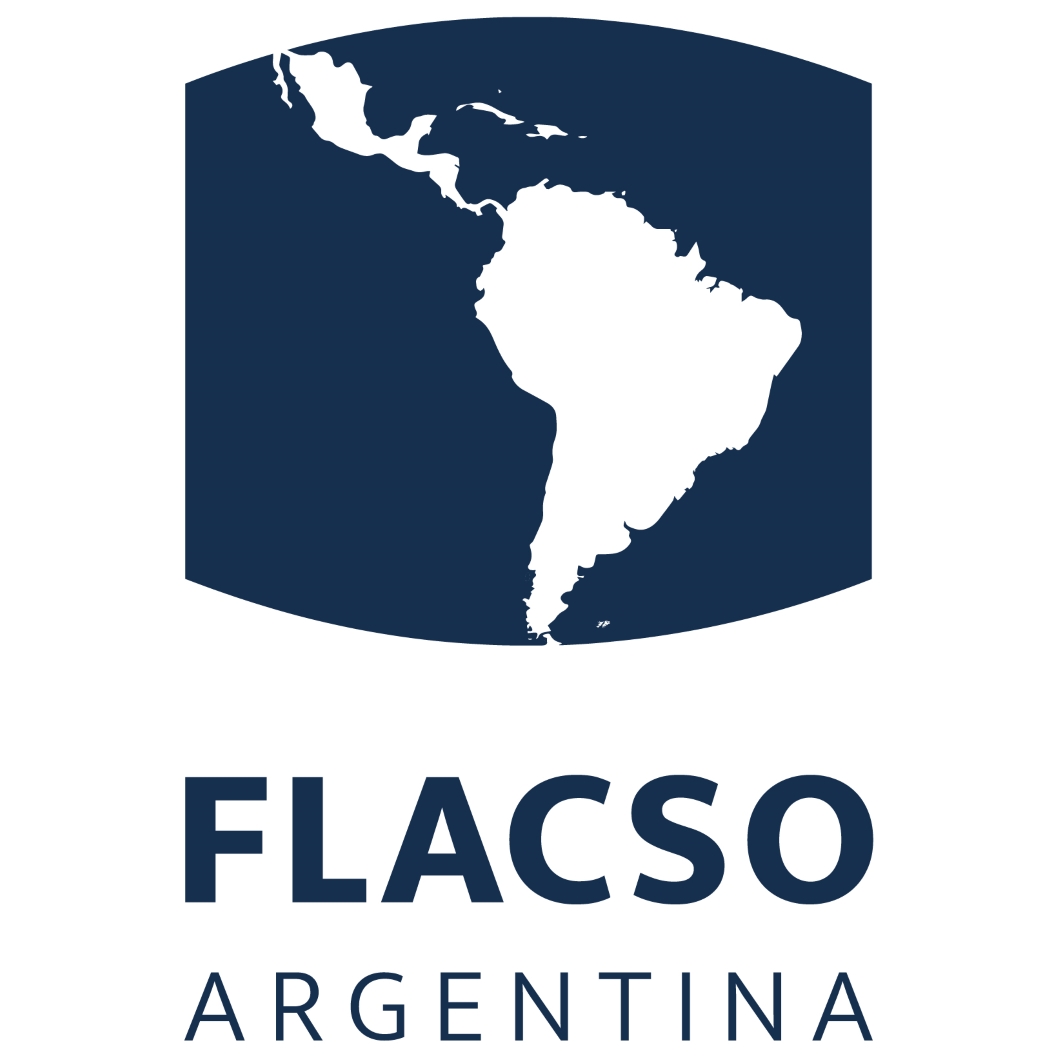






.png)
1.png)


